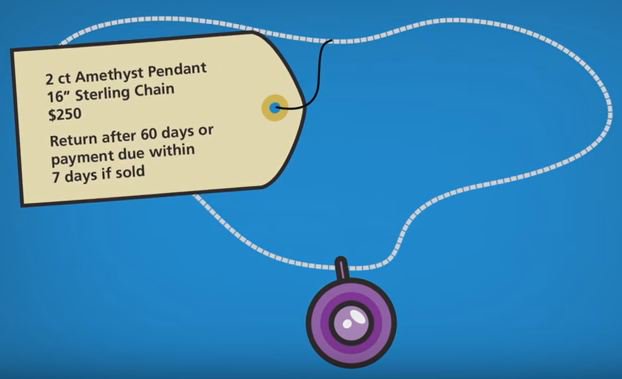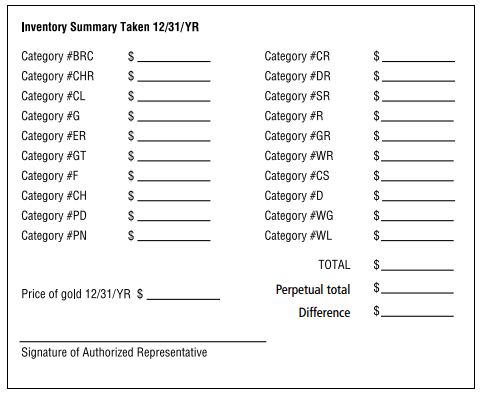If you’re like most jewelers, the start of a new year doesn’t mean vacation time quite yet, but rather time to take inventory.
With many former jewelers on the JM staff, we understand your pain. Inventory record keeping is rarely looked forward to. Consider that you’ll be doing it directly after months of preparing for and executing holiday sales, it starts to seem like an exceptionally daunting task.
However, doing it is vital for your business operations and if you take a few moments to prepare, the process will run much more smoothly.
These short videos can help get you started:
Inventory Record Keeping for Retailers
Inventory Record Keeping for Wholesalers
The following seven steps for recording an annual physical inventory gives you additional guidance:
Step 1: Begin with all of your stock labeled, identified and priced.
Your sales tags should include category numbers which indicate the type of merchandise. Category numbers are helpful because it’s convenient to record your annual physical inventory by category. Keep a separate record for each category. Sales staff jewelry lines and scrap gold measurements should be included in the annual physical inventory.

Step 2: Gather all merchandise from each category into separate areas. This prevents the need to re-inventory categories if merchandise is missing.
If something has gone missing, you made need to reevaluate how your business can reduce the risk of internal theft.
Step 3: It’s best to work in teams of two, with one person reading the tags and another person recording the information onto separate inventory records either on paper or by computer.
The annual physical inventory should include the date the inventory was taken, the category number, and each item’s inventory number, quantity, and brief description, as shown on the next page. There is no need to provide complete descriptions of items listed in your annual physical inventory. The inventory number is sufficient to find the purchase invoice, which gives a complete description of that item.
Step 4: When a category has been inventoried, check it for accuracy.
If the number of items and dollar values match, place the merchandise in the safe, vault, or under your showcases. This prevents merchandise from being inadvertently recounted or mixed into other categories.
Step 5: After all items have been inventoried, complete a cover sheet, similar to the one below.

Step 6: Compare the perpetual inventory value to the physical total.
Step 7: Store your annual physical inventory in a fire-resistive container or safe that does not hold merchandise.
Keep a copy of the last two annual physical inventories in a safe place away from your business, such as at your home, accountant’s or bookkeeper’s office, or in a bank safe deposit box. You will need the exact total for your Jewelers Block insurance application or renewal.